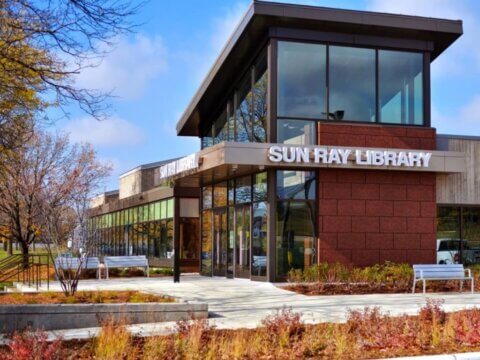Apocalypse no: Something large and hopeful is forming out there. You’re already creating it.
Why is the future so often portrayed as a post-apocalyptic dystopia, filled with human brutality and stripped of nature?
For decades, our culture has struggled with two addictions: to oil and to despair. But what if our lives were as immersed in nature as they are in technology every day? What if we not only conserved nature, but created it where we live, work, learn and play? What if something large and hopeful is already forming out there; what if we’re part of it?
Despite the glum economic and environmental trends (and in some cases because of those trends), new currents are on the move, ones that often transcend political, religious, racial, economic and geographic barriers.
Among them: the Slow Food and simplicity movements; organic gardening, urban agriculture, vanguard ranching and other forms of the new agrarianism.
And pediatricians who are partnering with parks to prescribe nature to children and their families; the growing popularity of ecopsychology and other forms of nature therapy; citizen naturalists of all ages who are finding a deeper sense of personal identity by learning about and caring for the species of their bioregions and salvaging threatened natural habitats and creating new ones; the growing backyard revolution of urban and suburban dwellers who are replacing their traditional yards with native gardens (and potentially linking them to create Neighborhood Butterfly Zones or even a Homegrown National Park) …
And the growing number of nature-based schools igniting students’ imaginations and raising tests scores; “natural teachers” and other educators, reigniting enthusiasm and love for their profession; law enforcement officials who view the encouragement of natural urban places as a key to safer communities and lower recidivism …
What if these currents grew stronger, and quickened their speed, and joined with many others?
Including: bioimagineers who are working nationwide to build “human-nature social capital” by safely bringing more wildlife into our cities; residential developers and urban redevelopers who are, during a profound economic pause, reconsidering the nature of future neighborhoods; pioneering biophilic designers who, in architecture and urban design, are taking traditional green design to the next level, transforming our homes, workplaces, neighborhoods and potentially whole cities into places that not only conserve fuel, but produce human energy …
And of course, the children and nature movement, which helps power, and in return is made stronger by, all of these currents; and the racially and economically diverse young new leaders of that movement, who know that connecting adults to the natural world is as important as connecting children, that we are not separate from the natural world, and that the merging of all of these streams and tributaries will create a greater river: a new nature movement.
Recently, the filmmaker Camilla Rockwell kindly sent me a clip from her film Mother Nature’s Child: Growing Outdoors in the Media Age and suggested we might want to share it with others. Here’s a link to the interview clip. The topic is our culture’s need for an image of a different future. What if we were to ignore the odds, reject despair and seek a newer world? What if we’re already doing that?
-
Voices
CAMPING WHILE PARENTING: A Mother-Son Adventure
-
Feature
A common thread: Indigenous-led foundation weaves together activism and art, climate and community
-
Network News
Community Spotlight: Prescribe Outside
-
Voices
That’s nice, mija: Finding common language in nature connections
-
Richard Louv
"HUMMINGBIRD PARENTS": Seven Actions Parents Can Take To Reduce Risk And Still Get Their Kids Outside







Commentaries on the C&NN website are offered to share diverse points-of-view from the global children and nature movement and to encourage new thinking and debate. The views and opinions expressed are those of the author(s) and do not necessarily reflect the position of C&NN. C&NN does not officially endorse every statement, report or product mentioned.